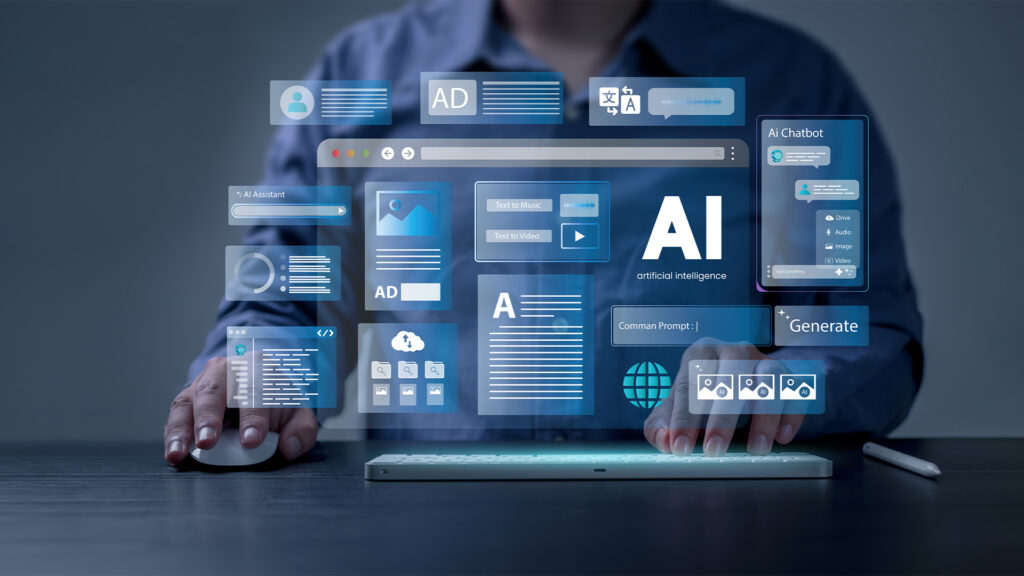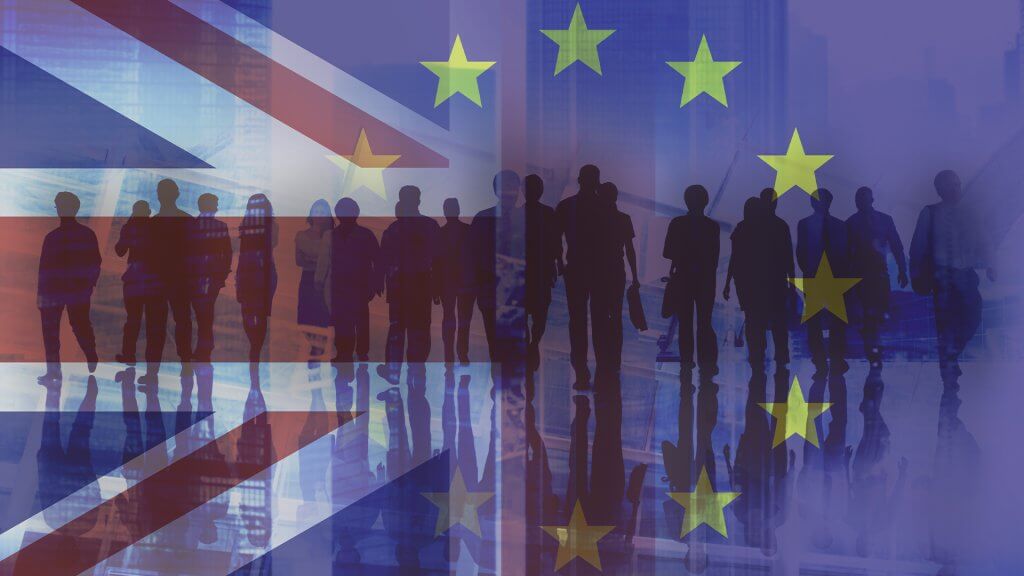Since the European Commission wants to create a circular economy, it is in every business’s best interest to adopt innovative, sustainable strategies. Using a circular bioeconomy, they can reduce their emissions, decrease waste, and gain a competitive advantage.
The Necessity of Biotechnology for a Circular Economy
Lately, the European Commission has become increasingly concerned about hitting its emission targets. As a result, its attention to corporate sustainability targets. It released new rules at the start of 2023 — the Corporate Sustainability Reporting Directive — to accelerate progress.
By 2025, businesses will have to publicise their environmental, social and human rights impacts for stakeholders to view. Undoubtedly, any unfavourable figures will draw criticism — potentially even public backlash.
The general population’s demand for sustainability has consistently increased for years. A 2020 public opinion survey revealed that 94% of European consumers believe conservation is somewhat or very important. Of course, most think businesses should take responsibility for environmental protection.
European businesses face mounting pressure to rapidly progress their sustainability efforts. In only a few short years, their measurable impacts will become public. To remain compliant and appealing to customers, they must align their actions with consumer and government demands.
Miraculously, biotechnology has emerged as a viable long-term solution. European business professionals can use it to reduce greenhouse gas emissions, waste and pollution. Eventually, they can use it to create a circular economy within their organisations.
The Benefits of Leveraging Biotechnology Solutions
A circular bioeconomy is an economic model that seeks financial growth using renewable natural capital. Reducing waste in favour of conserving, regenerating and managing nature’s resources is a viable business strategy. If professionals implement it, they can improve their long-term resiliency.
Beyond those benefits, a circular bioeconomy would be incredibly financially lucrative. In fact, it could contribute roughly €7.2 trillion worth of business opportunities overall. European businesses that proactively capitalise on it will maximise their financial gains.
Since most European consumers believe businesses should be responsible for environmental protection, adopting a circular bioeconomy would also drive tremendous brand awareness and goodwill.
Consumer opinion is crucial, considering the Corporate Sustainability Reporting Directive adds a competitive nature to sustainability. If businesses leverage biotechnology to progress toward a circular economy, stakeholders will automatically view them as more socially and environmentally responsible — and they will gain a competitive advantage.
Microalgae Decontaminating Wastewater
Businesses achieve financial gains when they pollute less. In fact, European industries’ value experienced a 16% growth between 2010 and 2021 just because industrial water pollution decreased overall. With the power of biotechnology, they can maximise profit while improving sustainability.
Regular tap water already contains impurities and pollutants, so contaminants existing in wastewater should not surprise anyone. Oil, grease, heavy metals and pesticides are commonly present. Fortunately, businesses can leverage microalgae to reduce pollution. This strategy is emission-friendly and environmentally safe, making it an ideal solution.
Microalgae can eliminate common contaminants like heavy metals, dyes and bacteria. Since its growth rate is 10 times faster than land-based plants, it is incredibly cost-effective to implement. Additionally, it produces oxygen and reduces greenhouse gas emissions naturally.
A biotechnology solution in wastewater treatment can create a circular economy for water use. Even though water is naturally a renewable resource, this strategy preserves its original state and keeps it free from impurities.
Best of all, microalgae can produce biofuels, bioplastics, food and biofertilizers as a byproduct of cleaning wastewater. With the support of other biotechnological methods, it creates a circular bioeconomy. Ultimately, it offers a lucrative business opportunity.
Microorganisms Producing Bioplastics
Europe is one of the largest contributors to global plastic pollution. In fact, it landfilled over 53 million metric tons in 2019 alone. Moreover, experts predict it will double to 106.2 million metric tons by 2060. If businesses use biotechnology to create bioplastics, they can drastically reduce their contribution.
Using biomass — a renewable organic matter — businesses can produce bioplastics instead of unsustainable materials like plastic. In addition to drastically reducing their initial carbon footprint, they can minimise their indirect emissions.
Notably, businesses need a way to recycle or regenerate bioplastics to create a circular economy. Again, biotechnology offers a solution. Microorganisms that grow on plastic can use polyethylene terephthalate (PET) — one of the most common types of plastic — as their main nutrient source.
Enzymes present in the microorganisms speed up chemical reactions. In other words, they break down plastics incredibly fast. Once European businesses are done with their bioplastic product packaging, they can use biotechnology to complete the loop. This way, they can support a circular bioeconomy.
Microalgae Producing Biofuel
Replacing traditional fossil fuels is a massive stepping stone toward a circular bioeconomy. Businesses can maximise overhead cost reductions with biofuel rather than paying a premium at the pump for petrol.
Ethanol and biodiesel were the original biofuels. Being the first of their kind, they were not cost-effective and were overly dependant on the agriculture industry. The latest generation — produced from microalgae — marks massive technological improvements.
Microalgae produce fats that can be converted into biofuel. Recently, researchers improved its cost-effectiveness using an innovative method known as “milking,” where they repeatedly harvest the microalgae without killing it. Now, it is among the most promising competitive alternatives to fossil fuels in Europe.
European businesses can use microalgae-based biofuels to reduce their overhead fleet management costs and source fuel more easily. They could potentially even produce their own. Reducing their reliance on third parties could improve their economic resiliency.
A Circular Bioeconomy Offers Business Opportunities
Businesses can use biotechnology to create a circular economy. As a result, they can achieve improved economic resiliency and significant financial gains. Additionally, they can improve their compliance with the European Commission’s emission and impact regulations.




























